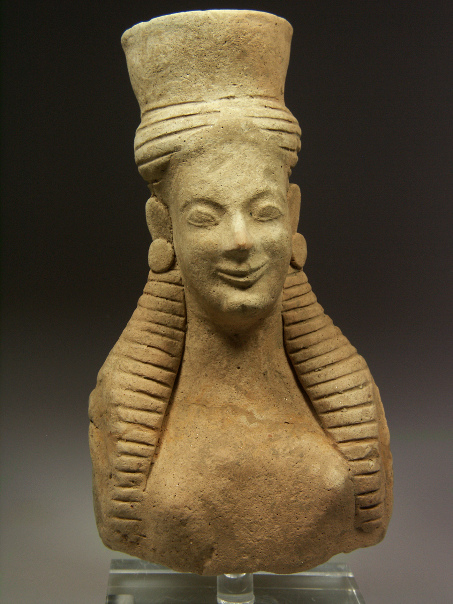


For example, if you’re looking to print high-quality photographs and other print materials, then you should use a Raster image that is made up of square-shaped pixels that show detail and color gradients. The choice between Vector and Raster really depends on the context of your project.
#Example of raster image software#
Raster images require a Raster-based software like Adobe Photoshop.Raster images come in BMP, GIF, JPG, PNG, and TIFF file formats.Raster images typically come with large file sizes.Raster images have a pixelated resolution.Vector images cost less compared to Raster images.Vector images require Vector-based software like Adobe Illustrator.Vector images come in EPS, SVG, and AI file formats.Vector images come with small file sizes.Vector images come with smooth and continuous lines.Vector images have a scalable resolution.

Let’s compare and contrast their qualities so that you can gain a better understanding of the differences between the two formats: Vector However, Raster images with higher dots per inch ( DPI ) or pixels per inch (PPI) is more detailed and less blurry but takes up more file space. This means that when you zoom in on a Raster image, you can see the pixels, and the image becomes more blurry. Raster images typically come from cameras using pixel data. What Are Raster Images and How Do They Work? Since Vector images are made up of an algorithm, they come with smaller file sizes. This means that when you zoom in on a Vector image, everything remains smooth no matter how close you get. Vector images are typically produced by design software and consist of paths and curves that are dictated by mathematical data. What Are Vector Images and How Do They Work? However, if you’re looking to print photos, boxes, brochures, etc., it’s important to understand these images to choose the one that will provide you with the best results for your project. Unless you’re a graphic designer, you’re likely not too familiar with Vector and Raster images.


 0 kommentar(er)
0 kommentar(er)
